A time of memories
After the storm, the autumn sky was clear blue again, as beautiful as ever. House No. 7 Phan Dinh Phung Street ( Hanoi ) was lit up in the new sunshine. Entering the traditional room of the agency, in front of me was a faded copy of the People's Army Newspaper published at the Dien Bien Phu Front. Gently flipping through the old pages, the battle maps and propaganda posters of the "famous Dien Bien" period seemed to resonate in my heart, my emotions urged me to find the author's origin.
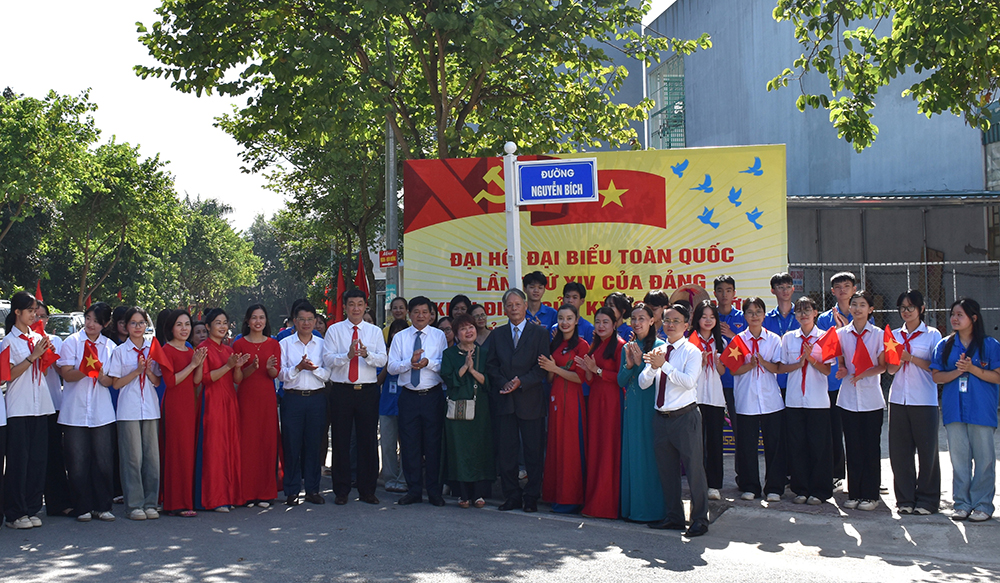 |
| The street is named after artist Nguyen Bich. Photo provided by the family |
I made an appointment to meet Ms. Nguyen Thi Hong Trinh (daughter of painter Nguyen Bich) at her private home. In the intimate, warm space, recalling old stories, many memories flooded back, Ms. Trinh seemed to meet herself again in her childhood full of memories. The portraits that her father drew for her, some from when she was a little girl, some from when she was a beautiful young girl. The thin blue blanket, a keepsake of her father, was also placed neatly next to her.
He had carried that parachute blanket with him since the first days of participating in the Dien Bien Phu Campaign, a companion during the long, cold nights in the white mist of the Northwest. Through many hardships, joys and sorrows, overcoming fierce battlefields, many torn places were patched by the artist's own hands, a few worn spots revealing the dark brown color inside. Although everything had changed, that blanket still retained the warmth of his beloved father. Speaking of this, I saw tears welling up in her eyes.
Gently stroking the soft folds, she confided that her father was born in Hanoi, his childhood was associated with the villa on Lien Tri Street. Early awakened to the revolution, he left the capital to join the Viet Bac Youth Propaganda Volunteers, then joined the army. Because of his talent for painting, his superiors decided to send him to work at the People's Army Newspaper.
Artist Nguyen Bich was one of the staff members who directly worked on 33 special issues, published right at the Dien Bien Phu Front in 1954. The front-line editorial office of the People's Army Newspaper was located close to the fiery Dien Bien Phu basin, the lively articles, many shining examples were spread promptly, hot news was updated, illustrations and propaganda posters drawn directly at the front further strengthened our troops to fight the enemy. Each issue of the newspaper that reached the soldiers not only smelled of ink, but also of gunpowder, blood and trench soil.
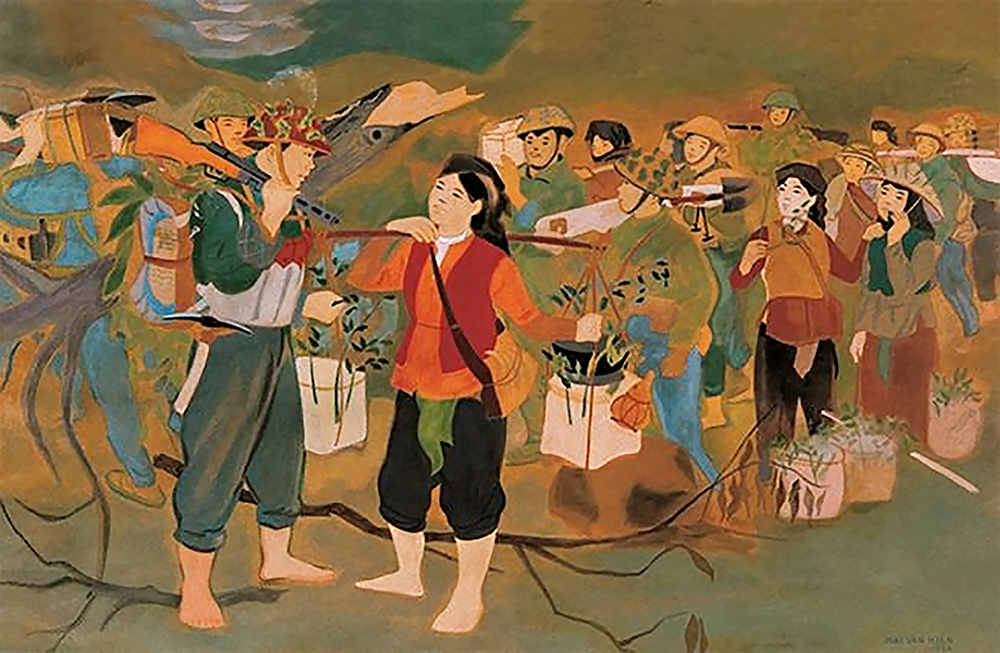 |
| The work "Meeting" by artist Mai Van Hien. |
She recalled that every time her father was about to tell a war story, her sisters would rush to him, one hugging his neck, one clinging to his shoulder, one falling into his arms. In the world of childhood, the image of the Dien Bien soldiers was no different from the "superheroes" of today's youth. When she grew up and went to school, she learned more about the hardships, difficulties, and sacrifices and losses of her comrades that he had not had time to tell her about. The more she thought about it, the more she loved her father.
Suddenly remembering something, Ms. Trinh said that when her father was still alive, painter Mai Van Hien sometimes came to visit by bicycle. Not only were they journalist colleagues, the two men were also co-authors of the Dien Bien Phu Soldier Badge. Despite their old age, their friendship and camaraderie remained intact and unchanged. I don't know what they talked about, but every time they met, they smiled happily like it was Tet.
Painter Mai Van Hien is famous for his intelligence, broad knowledge, sociability and sense of humor. When coming to the army, he always kindly asked, encouraged, and created a close, comfortable atmosphere. Every time he told jokes, the young soldiers were fascinated and giggled. Being closely associated with the army, he only painted about soldiers all his artistic life.
Ms. Mai Thi Ngoc Oanh (daughter of painter Mai Van Hien) recalls that when she was young, her house was in the apartment complex at 65 Nguyen Thai Hoc (an area reserved for families of famous artists). Every time she saw her uncles and aunts in the art world come to visit, she would wander around the living room to listen to the adults' stories. Everyone drank tea, discussed literature, poetry, music, painting, and told funny stories, jokes... all of them were interesting, and she was immediately captivated.
Whatever he paints, artist Mai Van Hien always incorporates the idea, the soul of the story expressed in his work. For example, the painting "Meeting" is about a Dien Bien soldier and a female civilian worker. They grew up in the same countryside. The day he joined the army, the girl next door kept watching him. When she grew up, the girl volunteered to join the civilian worker group, carrying food to support the front line. They unexpectedly met again in the mountains and forests of Dien Bien Phu. Using pigments, the author successfully expressed the setting and space, highlighting the strong, powerful beauty and emotions of the characters.
“Encounter” was successful in its theme of military-civilian relations, reaching the standards of socialist realism, inspiring young artists to continue to exploit this theme. The work won first prize at the National Fine Arts Exhibition in 1954 and is currently kept at the Vietnam Fine Arts Museum.
Back to the story of designing the Dien Bien Phu Soldier Badge. After many sketches and revisions, artists Nguyen Bich and Mai Van Hien agreed on the following elements: The badge must have mountains and forests; have Dien Bien soldiers in a charging position; have artillery and anti-aircraft guns; have the words "Determined to fight and win" on the military flag and the words "Dien Bien Phu Soldiers" running around it. The form must be concise, light, and highly general.
The design was approved. After the liberation of Dien Bien, beloved President Ho Chi Minh personally pinned this badge on his chest, giving it to the Dien Bien soldiers with special achievements, contributing to the historic Dien Bien Phu Victory.
Roads of gratitude
Contacted Mr. Duong Huong Nam (son of painter Duong Huong Minh) when he had just returned to Hanoi from Dien Bien. In joy and pride, he shared many memories of this special trip, from the affection of the Northwestern people to the extremely enthusiastic, thoughtful and warm welcome of the Organizing Committee. Mr. Nam said he felt like he had returned to his second homeland, where his fathers' generations had fought and devoted themselves, and now they were returning to their comrades in their own way.
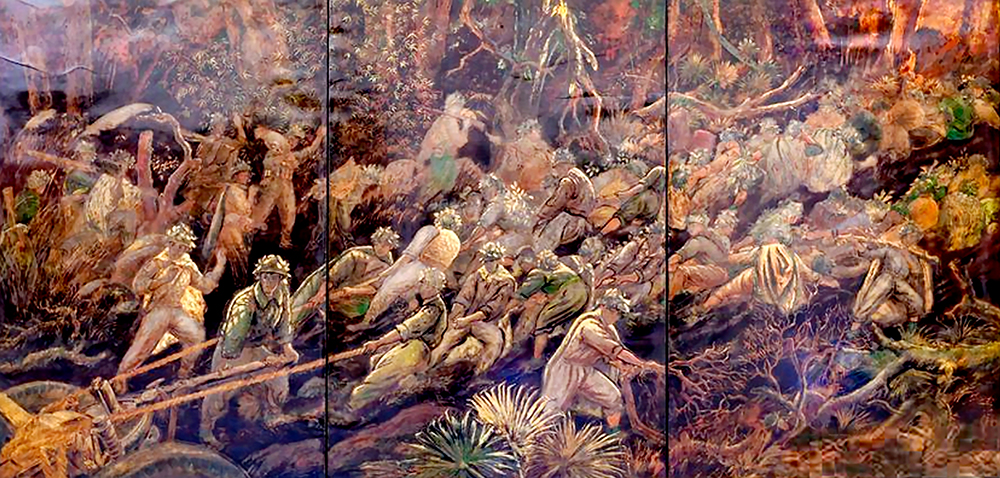 |
| The work "Pulling cannons at Dien Bien Phu" by artist Duong Huong Minh. |
Painter Duong Huong Minh, whose real name is Nguyen Van Tiep, was a patriotic intellectual, trained at the Indochina College of Fine Arts (now the Vietnam University of Fine Arts). After the success of the August Revolution, he changed his name to Duong Huong Minh (towards the light), vowing to follow the Party and serve the revolution for the rest of his life.
He returned to work at the People's Army Newspaper at the right time when the whole country was striving to study, compete in labor, production, and achieve many achievements to celebrate the Dien Bien Phu Victory. That feeling planted in him a very strong source of energy. The result was the lacquer painting "Pulling the cannon at Dien Bien Phu", followed by the work "Pushing the cannon" about the hero To Vinh Dien.
Although he was good at his profession, he was still humble in learning, always maintaining a pure and simple lifestyle. During the difficult times of the country, he himself was not well off, but every time the traditional Tet holiday came, he often asked his neighbors how they had prepared for Tet, if they were lacking anything, and if they had not, he was ready to take out his wallet and take out the last coins to help them prepare for Tet, and pay them back later when he had enough.
Every work of the old painter is directed towards the values of truth, goodness and beauty. For example, naming his son Duong Huong Nam is a reminder of the South which was then being trampled by the enemy, affirming the belief in a bright future, the country reunited.
That love was steadfast, complete, and faithful throughout his life. In the old house, he slept on the bed, while Nam and his wife lay on a mat on the floor. One night, he woke his son up and told him: “Nam, tomorrow the comrades from the Southeast region will come to visit, you must welcome them well. Remember that you are from the capital, you must be polite and sincere. Choose the best pho restaurant in Hanoi to invite guests,” Nam recounted tearfully.
I was speechless when I heard the touching story above and remembered the image of Ms. Nguyen Thi Hong Trinh. Before leaving, I saw her fondling the worn fabric of the parachute blanket. After thinking for a while, she decided to donate the souvenir to the Dien Bien Provincial Museum. I understand that it must have been very difficult for her to make that decision. Because the blanket is the only image, warmth, and souvenir that remains after each house move. Just saying that, I heard her voice choked up.
Unlike previous phone calls, this time Ms. Mai Thi Ngoc Oanh did not make an appointment at the office at 51 Tran Hung Dao, where she holds the position of Permanent Vice President of the Vietnam Fine Arts Association, but made an appointment at her private home in the apartment complex at 65 Nguyen Thai Hoc, where the image of her beloved father often waits for her son to return. Receiving the gift from the People's Army Newspaper to her family on the occasion of the 75th anniversary of the first issue of the Newspaper - the traditional day of the Newspaper (October 20, 1950 / October 20, 2025), she carefully placed it on her father's altar, lit a stick of incense, and clasped her hands respectfully.
On the way back to the office, I always imagine the bustling beauty of Dien Bien Phu ward, the cultural and political center of Dien Bien province, where there are streets named Mai Van Hien, Nguyen Bich, Duong Huong Minh running like the blood vessels in every person's body. Somewhere there is the rustling sound of autumn leaves, and there is also the sound of music. The image of a soldier wearing a garrison shirt and a mesh hat with a graceful Thai girl in a com dress. Holding hands tightly, they dance together, their steps bustling to the music, there are also singing and laughter blending, spreading, humming, soaring to the melody of the Fatherland.
Source: https://www.qdnd.vn/van-hoa/doi-song/noi-nghia-tinh-lan-toa-878066






![[Photo] Nhan Dan Newspaper launches “Fatherland in the Heart: The Concert Film”](https://vphoto.vietnam.vn/thumb/1200x675/vietnam/resource/IMAGE/2025/10/16/1760622132545_thiet-ke-chua-co-ten-36-png.webp)



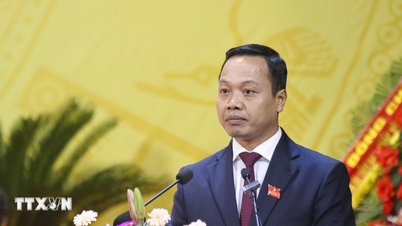
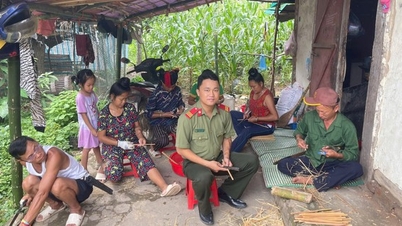

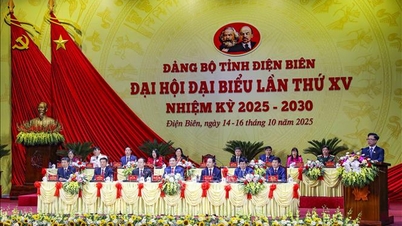

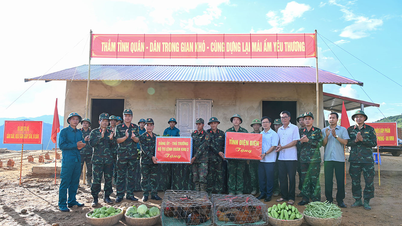








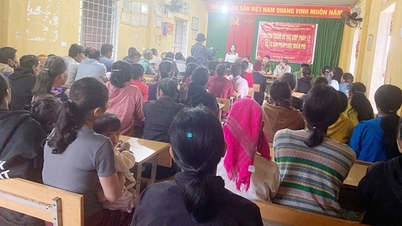

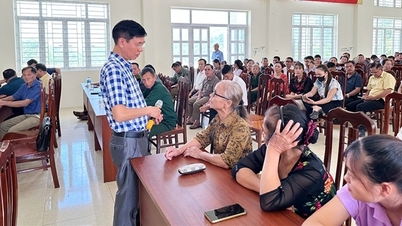




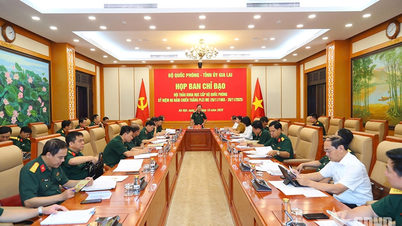
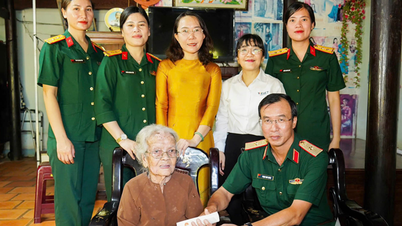
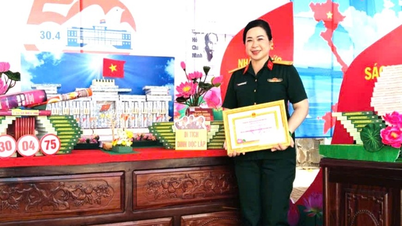
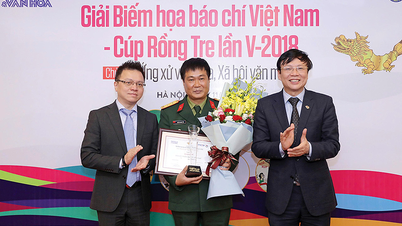
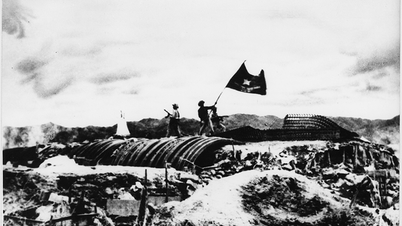
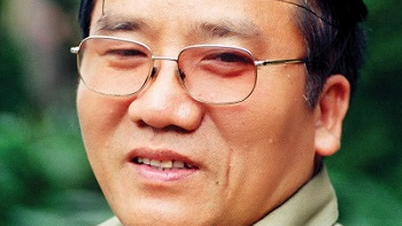



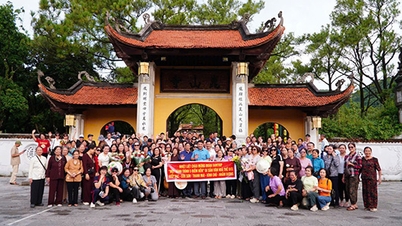




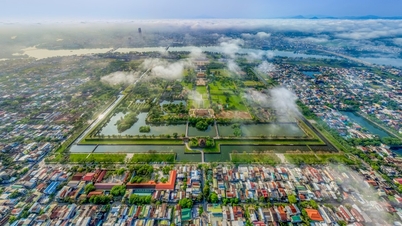

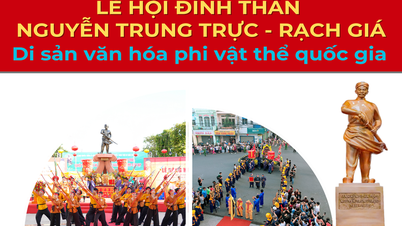





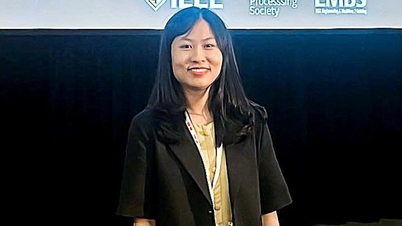



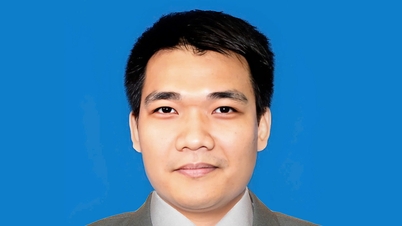







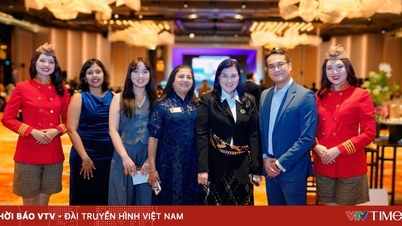

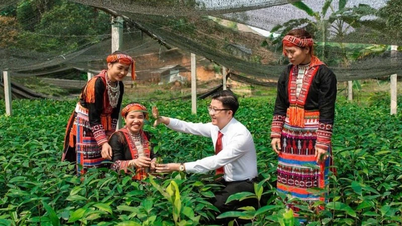






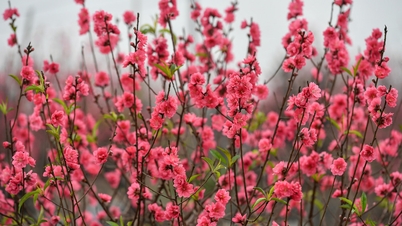

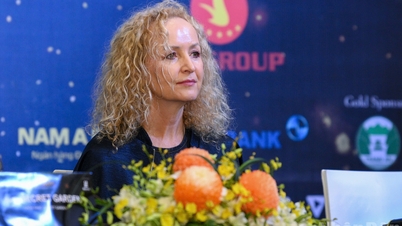
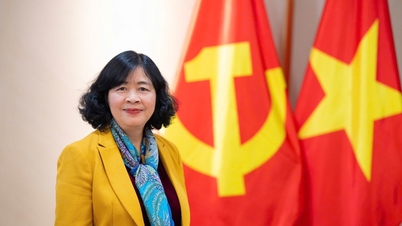
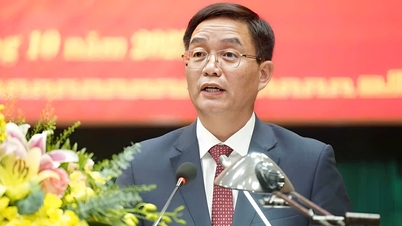

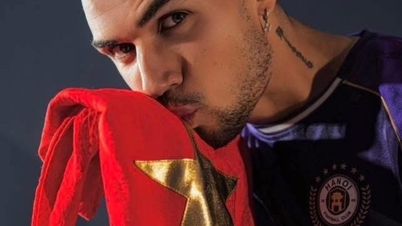
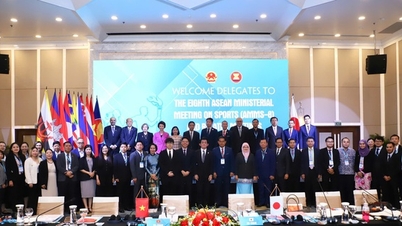

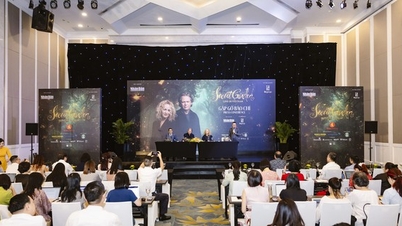




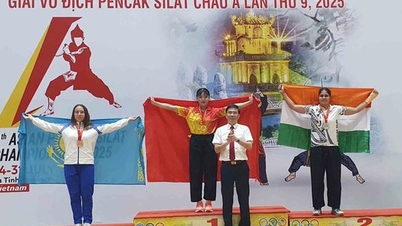
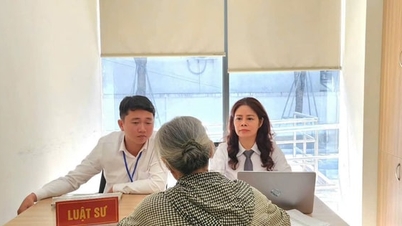

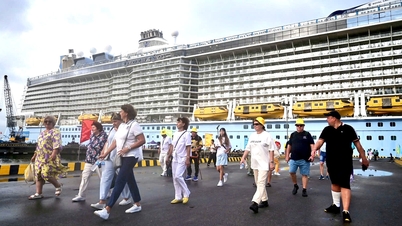
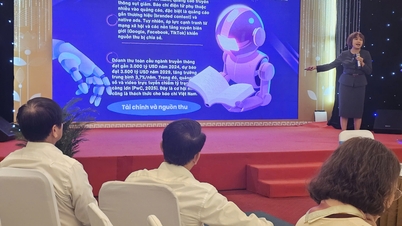
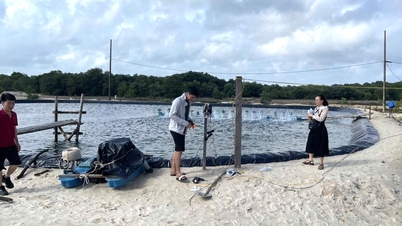

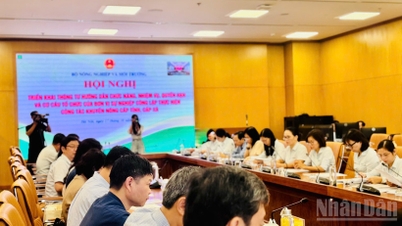
















Comment (0)